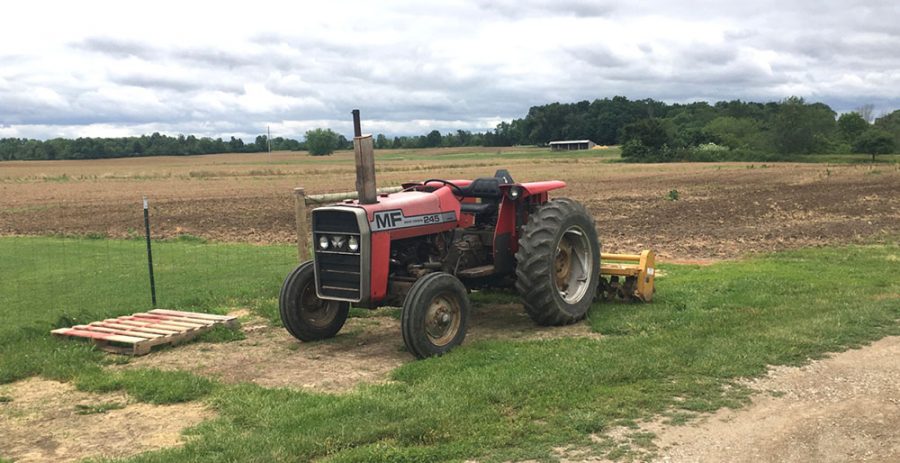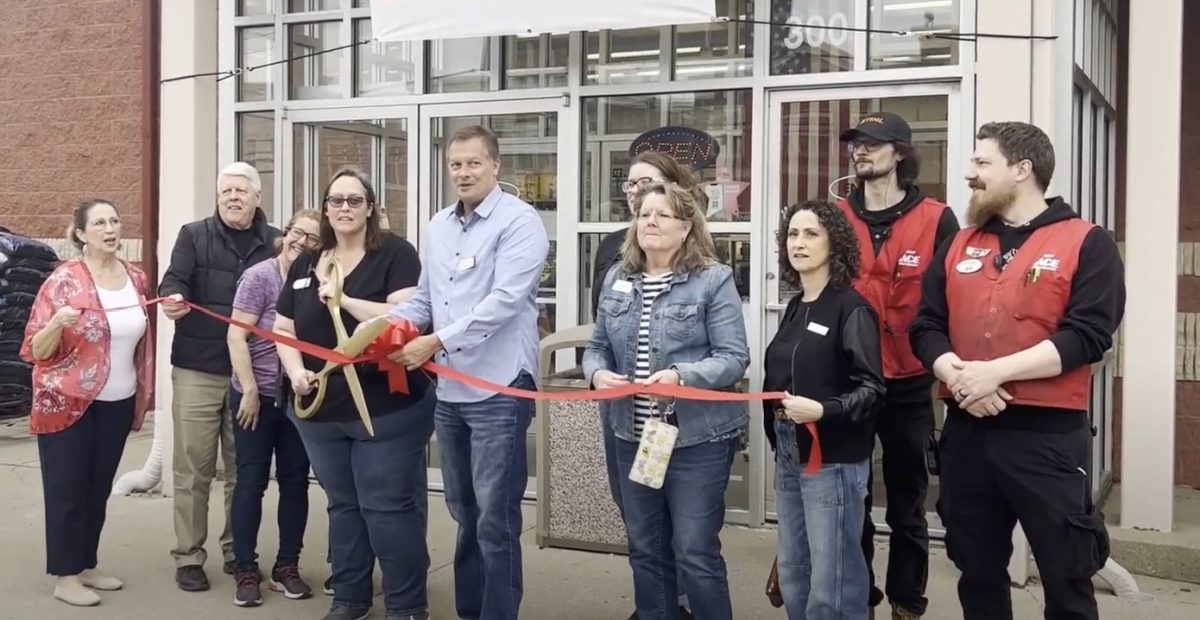For Ohio’s farmers, each rainy day this spring has been one step closer to an economic disaster.
Rainfall this year has been higher than normal, continuing the cycle that occurred last year.
The rain turns fertile fields that should be well-planted by now into unworkable mud. Some of the crops from 2018 are still in the fields because farmers can’t get their equipment in to harvest them.
Corn and soybeans are Ohio’s dominant field crops. According to data from the National Agriculture Statistics Service 50% of Ohio’s corn has been planted compared to last year’s 96% at this time. Soybeans are behind as well, with only 32% planted compared to 46% planted by this time last year.
In 2018, there were 5 million acres of soybeans planted and 3.5 million acres of corn. Corn and soybean production was a $5 billion business in Ohio last year.
According to the U.S Department of Agriculture, only Indiana is farther behind than Ohio in the planting of crops this year because of the wet weather.
“They have been waiting and waiting” says J.T. Benitez, an extension educator for the Butler County Extension office.
Farmers need about three days of dryness after a rainout, and that has not been the case this year, he said.
A 22,000 pound tractor and other expensive farming equipment doesn’t work in these type of field conditions. If it is too wet or too muddy, the equipment cannot get through the fields.
“The ground is really saturated, and it takes longer for the soil to dry out,” Benitez said.
Farmers are not completely out of luck thanks to prevented planting clauses in many agricultural insurance policies. Under such clauses, if an insured farmer can’t plant in time to get a full crop because of some natural problem—such as too much rain—the insurance company pays off a percentage of the anticipated revenue from a normal crop, usually about 55% to 60%.
The deadline has passed to make a claim for corn, but farmers are still able to make a claim for soybeans until June 20, according to the extension office.
John Warrick from the Farm Service Agency in Butler County stated, there has been more prevented planning claims up in Ohio’s northern counties due to more rain there. There have been fewer claims in the southern counties.
Since the 1980’s, many of the area’s farmers have had other full-time jobs to go along with farming, according to Craig Sawyer, a farmer located in Xenia, Ohio. Sawyer says he is one of those farmers. Sawyer owns his own recruiting business. Since he is the owner and has help from his father, he is able to run both the farm and his recruiting business.
“No income when you can’t plant,” says Michael Schwab, who usually farms 150 acres of corn and soybeans and owns Schwab Family Market on Oxford-Reily Road.
Schwab just like Sawyer has to do other jobs to make ends meet, especially in bad farming seasons like this. He works for the street department in Oxford.







